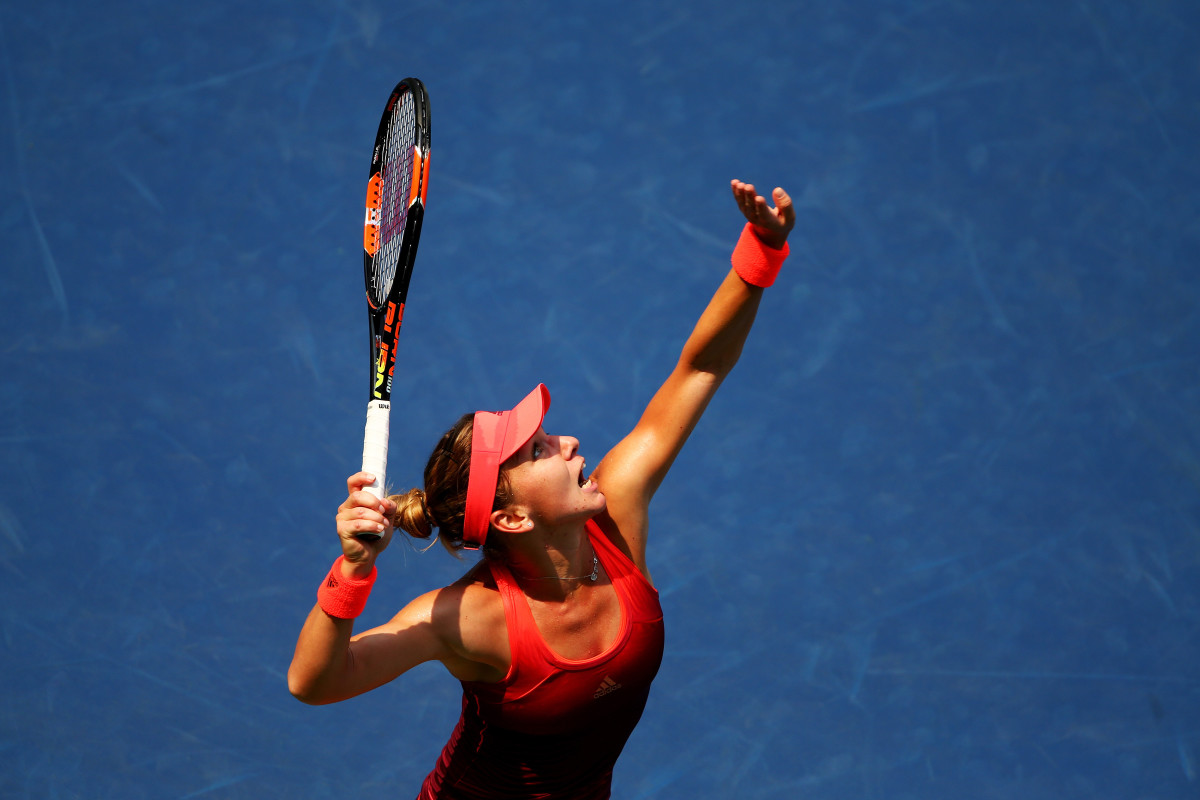Five thoughts on U.S. Open Day 4: Is it time to rethink best-of-five format?

NEW YORK – Five thoughts from Day 4 on Thursday at the U.S. Open.
• Jack Sock was cruising along on the Grandstand, up two sets and about to take out Ruben Bemelmans. It was a brutally, infernally hot afternoon with on-court temperatures well into triple digits. By the third set, Sock began cramping. Then he went into total distress. His legs locked, a look of utter agony welded on his face and he called for a trainer. Then Sock fell flat on his back and, even swaddled in ice, appeared on the verge of fainting. Still another mid-match retirement—13 and counting this tournament—he could barely shake his opponent’s hand. It was a bit of sadism, excruciating for fans to watch, potentially serious for the athletes.
U.S. Open Day 4: Sock forced to retire due to heat; Halep, Murray advance
At some level this triggers a philosophical discussion. But how much is tennis an exercise in ballstriking and accuracy and power? And how much is it about physical fitness? Because right now, the balance is changing. Match after match is being won by the fitter player, not the better ballstriker. The players seldom complain but, as we see it, best-of-five match play is sheer madness, the equivalent of 20-round fights in boxing. It’s mercilessly hot. (And only getting hotter in the future.) Tennis has never been more physical. The field is nursing various degrees of injury, as it is. Television—the sport’s lifeblood—wants more compact packaging as attention spans dwindle. Why exactly, are we demanding these marathon matches? Would best-of-three not be just as probative? Without risking the players’ health and subjecting us to 22-year-old pro athletes incapacitated by exhaustion? If there were a real union, would they stand for these working conditions? Could we not play best-of-five in the second week if we wanted to differentiate Slams….On the other hand, if these matches weren’t best-of-five, the third seed would be gone because….
• For the eighth time in his career, Andy Murray came back from 0-2 sets to win a match. In the late afternoon, Murray looked shaky for the first 90 minutes against Adrian Mannarino of France and was a set from being expelled from the draw. Murray then steadied and, showing off his first-rate fitness, prevailed 5–7, 4–6, 6–1, 6–3, 6–1. It's easy to spin this win as a positive. Murray came back from the brink once again. Murray survived and advanced. Murray sent a message to the field that he can win with fitness. But at some level he ought to be concerned. Through two rounds he’s dropped three sets. And spent an awful lot of time on the court. This could come back to bite him in Week Two.
With renewed confidence and a bit of luck, Bouchard advances at U.S. Open
• What is it about Wimbledon finalists? Last year Genie Bouchard reached the last round of Wimbledon—and then, as if via some Mephistophelian bargain, struggled to win mere matches for much of the past year. In July, GarbineMuguruza played for the title at the All England Club. She lost, gamely, to Serena Williams. Whether it's been the pressure of newfound fame or an abrupt coaching change that has the earmarks of an ugly situation, Muguruza has really retreated since. She was seeded ninth but was bounced today by 97-ranked Johanna Konta of Great Britain, 7–6 (4), 6–7(4), 6-2 after three hours and 23 minutes—a record for a women's match in New York. Muguruza possesses much game and is one WTA’s brightest prospects. One can only hope this is a temporary setback.
• Victoria Azarenka is the 20th seed. Ask many folks—including the oddsmakers—and there is a superfluous “0” affixed. Which is to say, Azarenka should be the second seed, the player most likely to win the title after Serena Williams. She is, after all, a two-time finalist. She is, after all, a player who has won two hardcourt majors, the 2012 and 2013 Australian Open. Today, she advanced to the third round with a hard-fought win over Belgian veteran YaninaWickmayer. It’s been a year of transition. She has a new coach, new coach agent and renewed self-belief. (Hear for yourself.) Let’s see if she can deliver in the bottom half of the draw.
• We’re only four days into this (one handed) bacchanalia. But Donald Young is emerging as one of the stories of the tournament. Much has been made of Young’s unfulfilled potential. We should all un-fulfill like this. Now 26, Young reached the third round today, backing up his courageous round one win over Gilles Simon and taking out a lesser opponent, AljazBedene of the U.K today. Young isn't a power hitter. But he has an elite set of wheels and can open the court with his lefty forehand. Next up: a winnable weekend match against Viktor Troicki.
SNAPSHOTS FROM DAY 4
U.S. Open 2015 Day 4
Stan Wawrinka
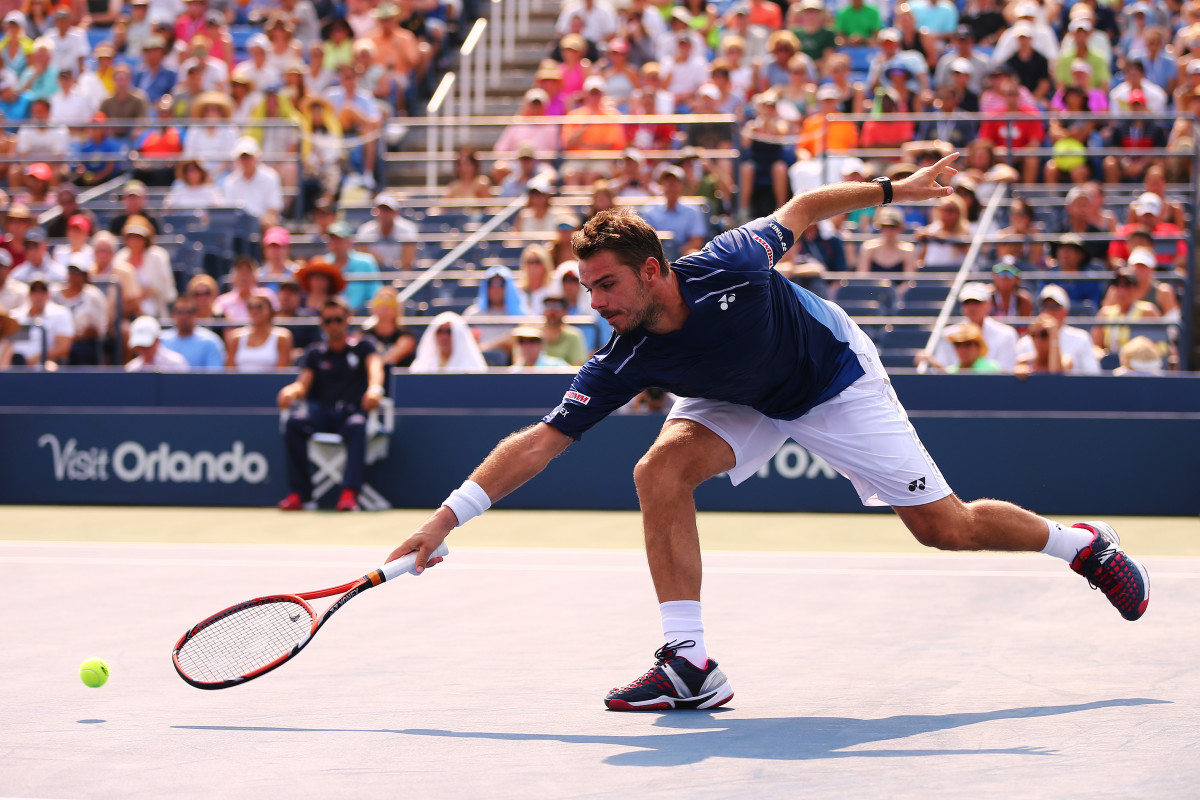
Johanna Konta
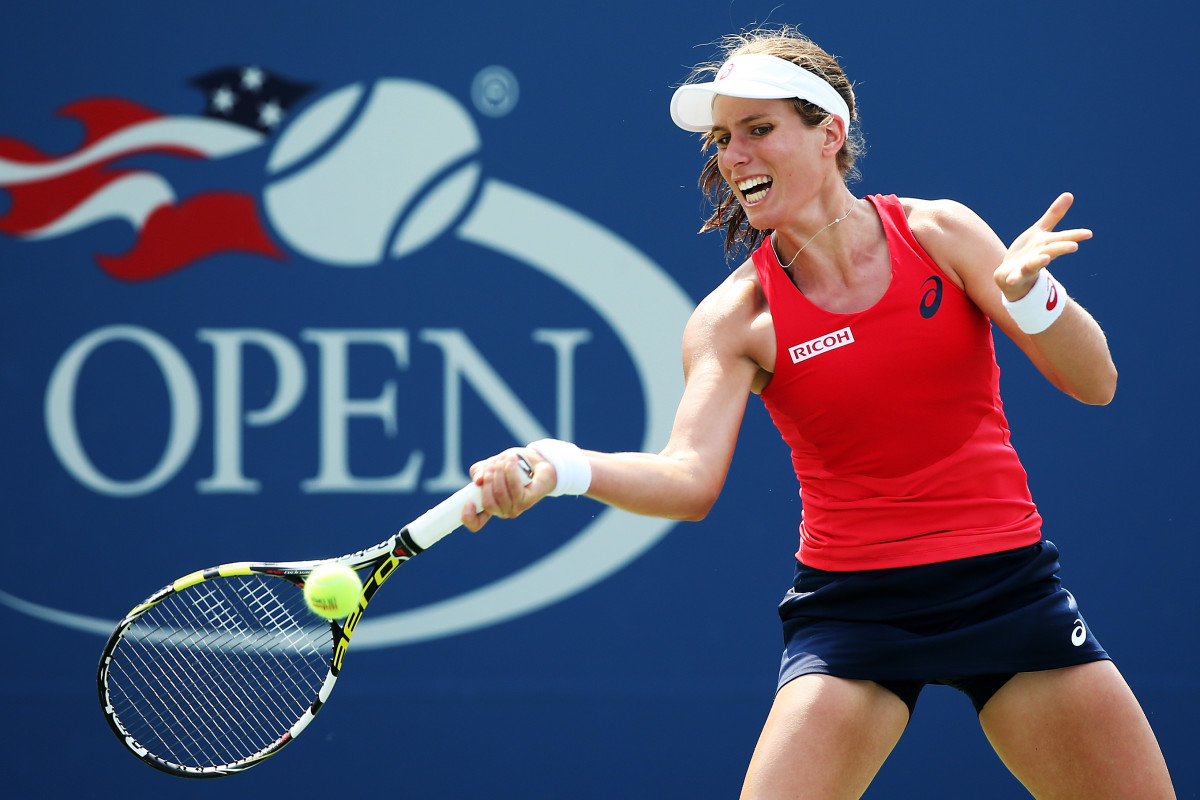
Victoria Azarenka
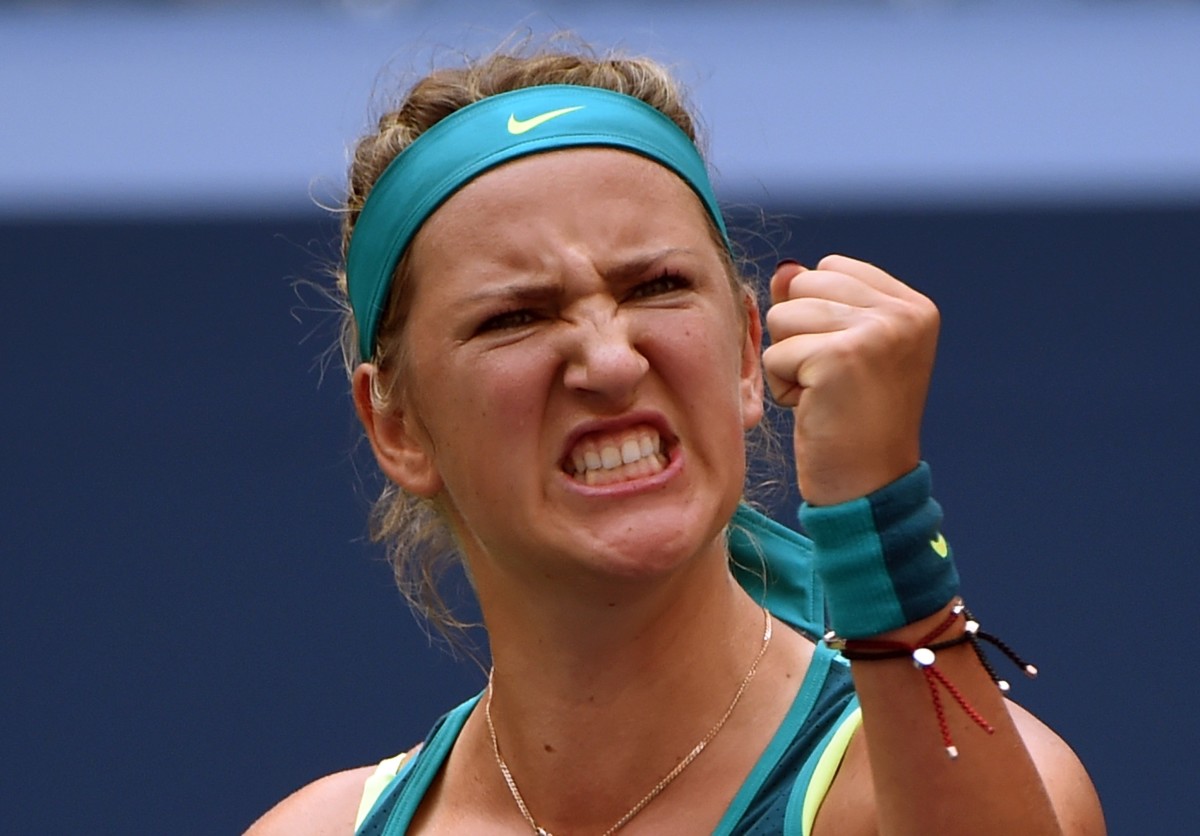
Simona Halep
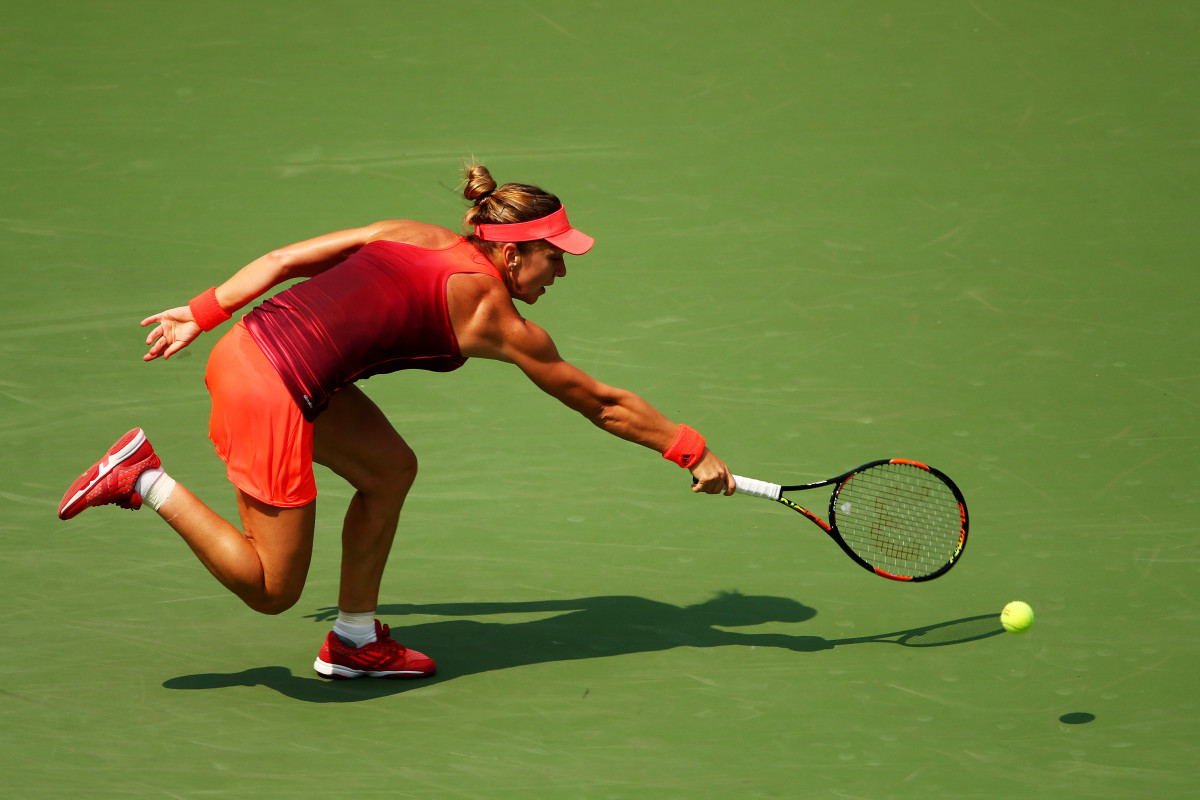
Jack Sock
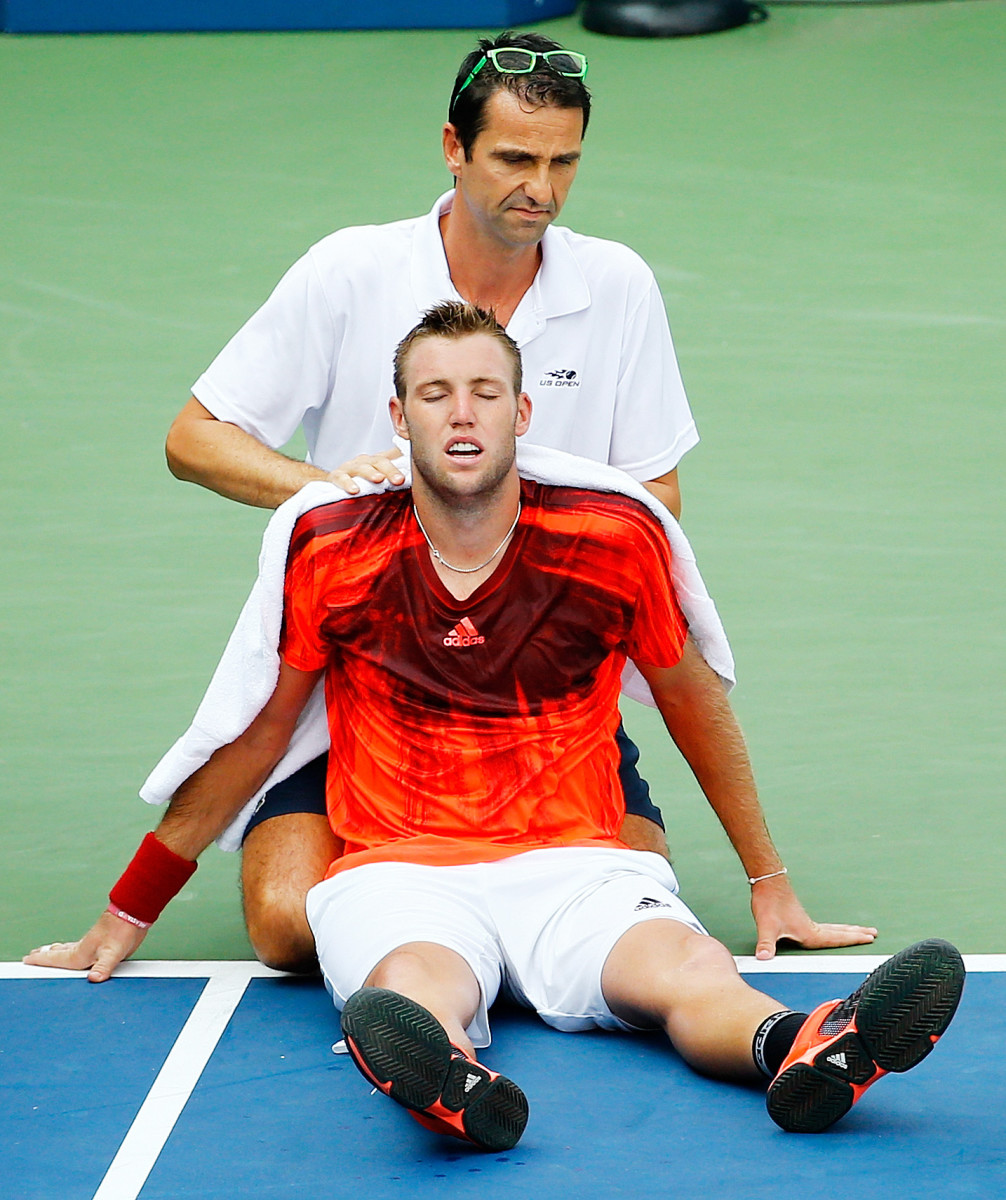
Stan Wawrinka
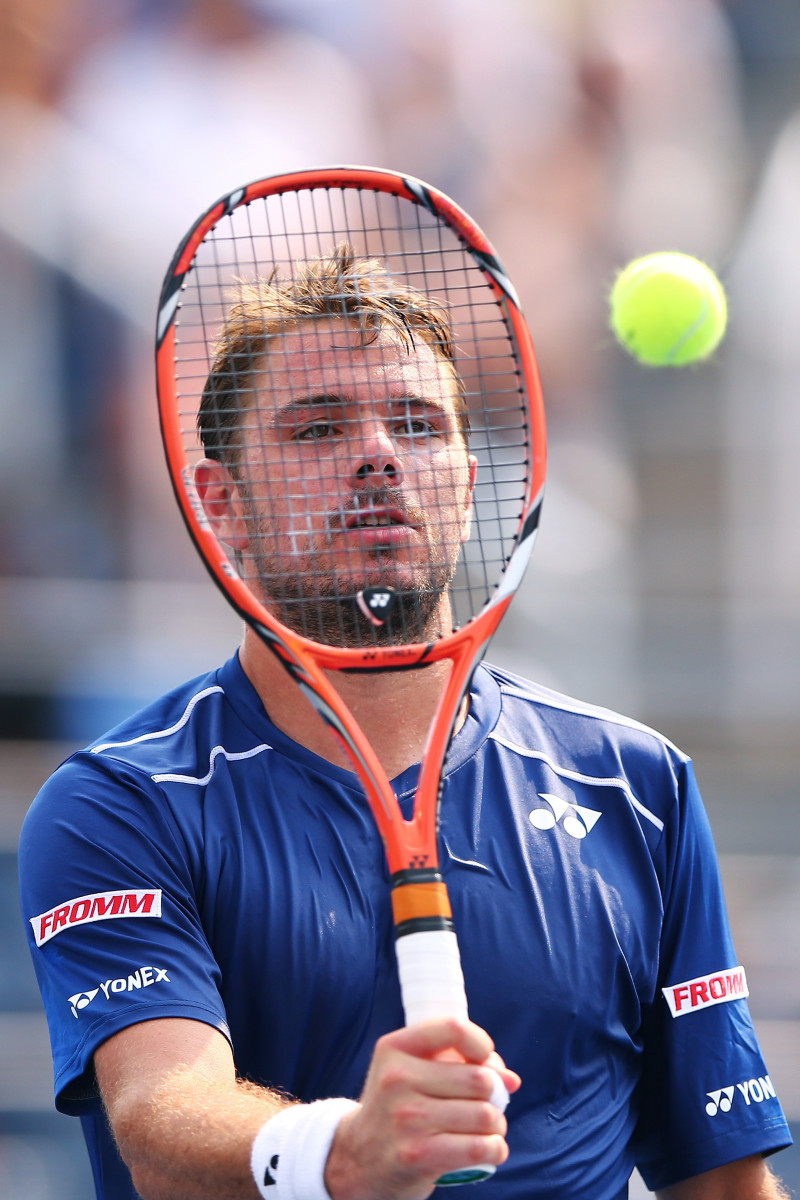
Jack Sock
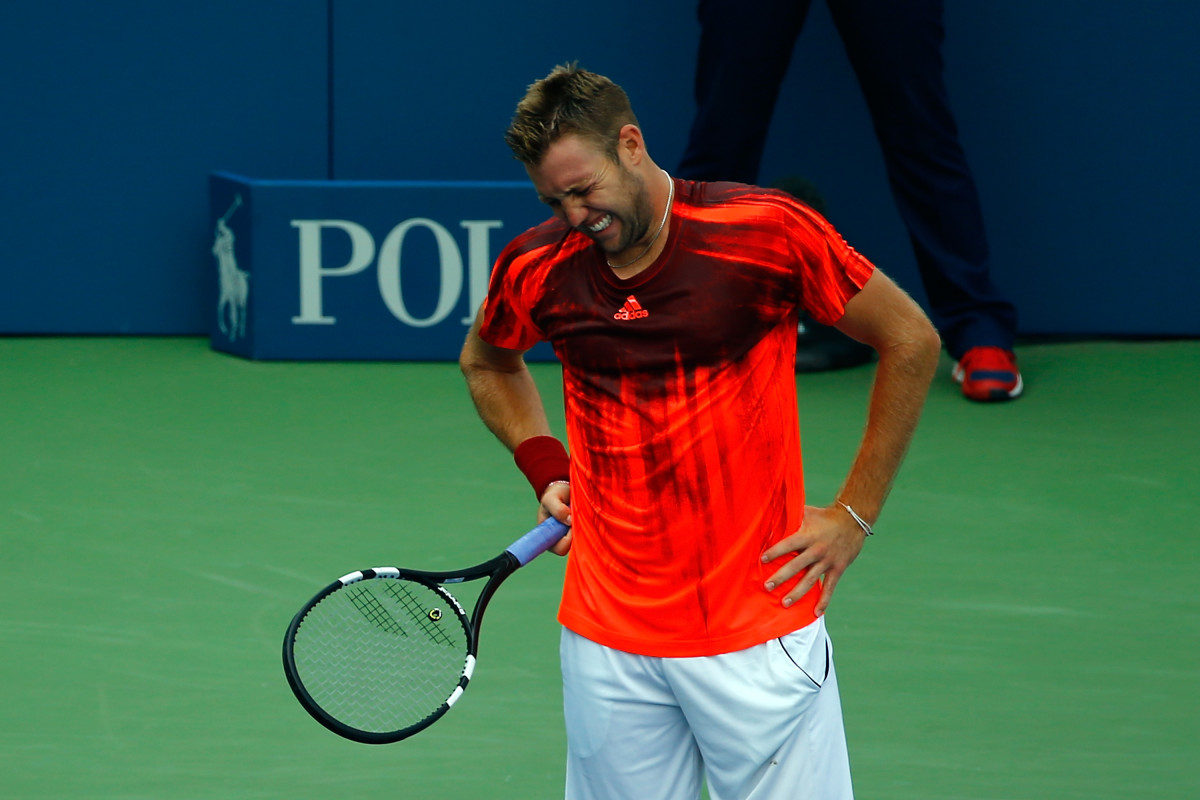
Jack Sock
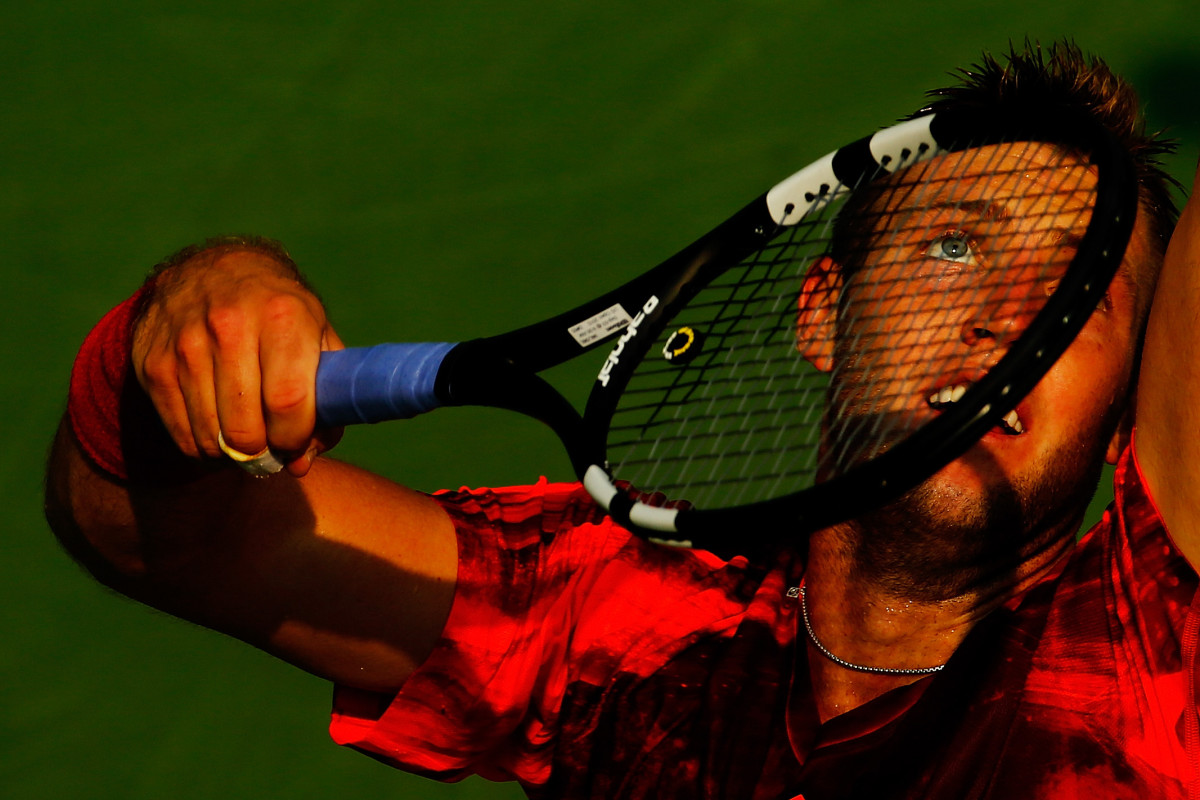
Andy Murray
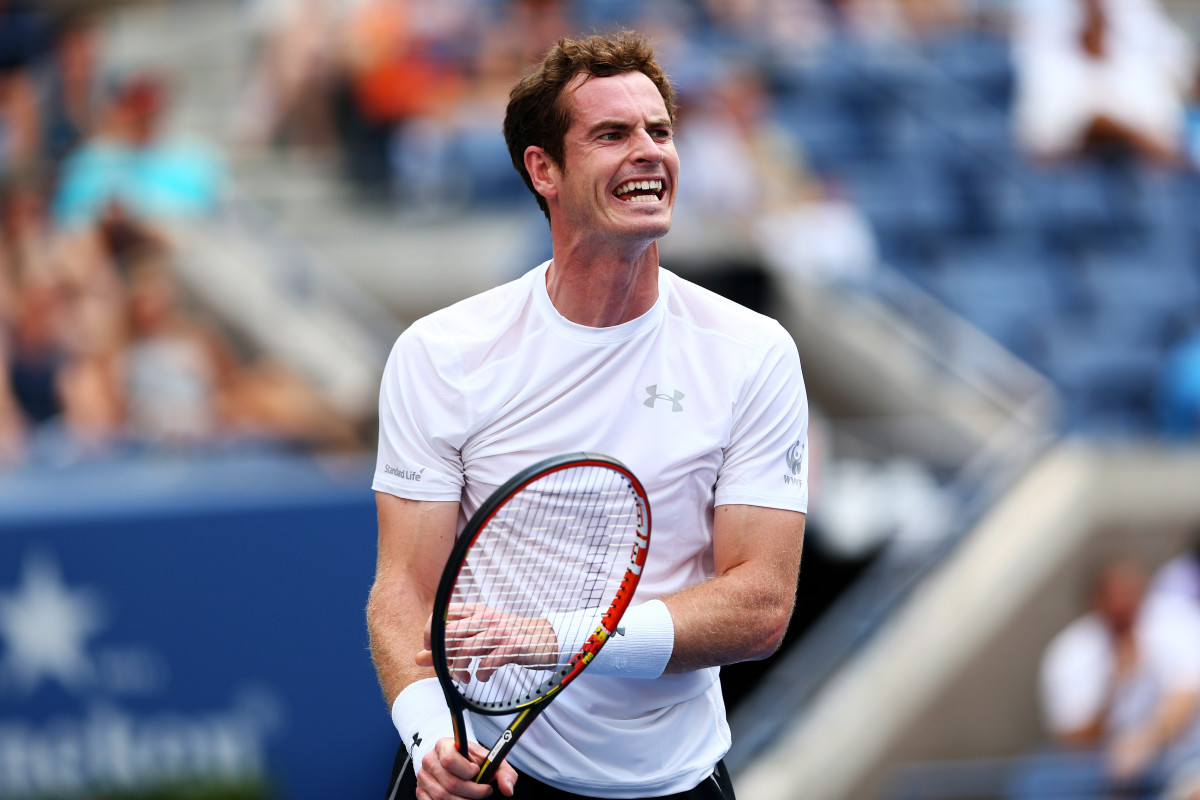
Adrian Mannarino
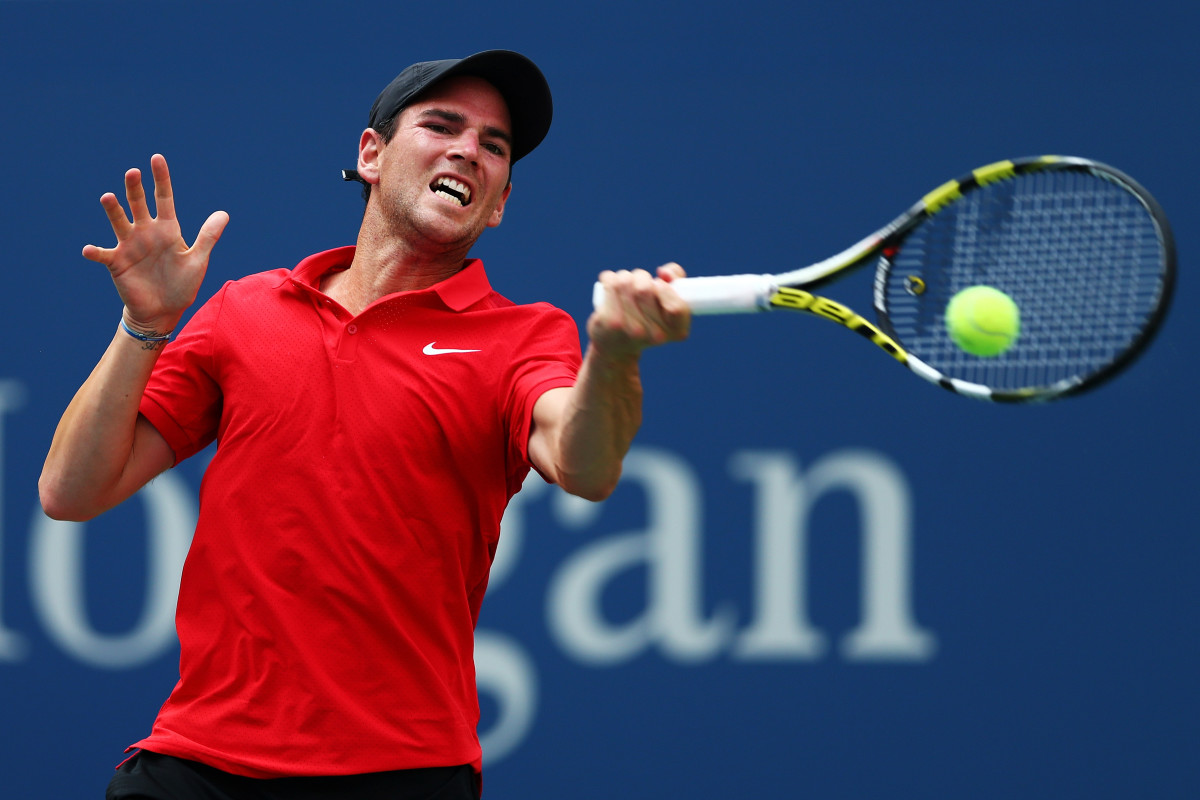
Simona Halep
